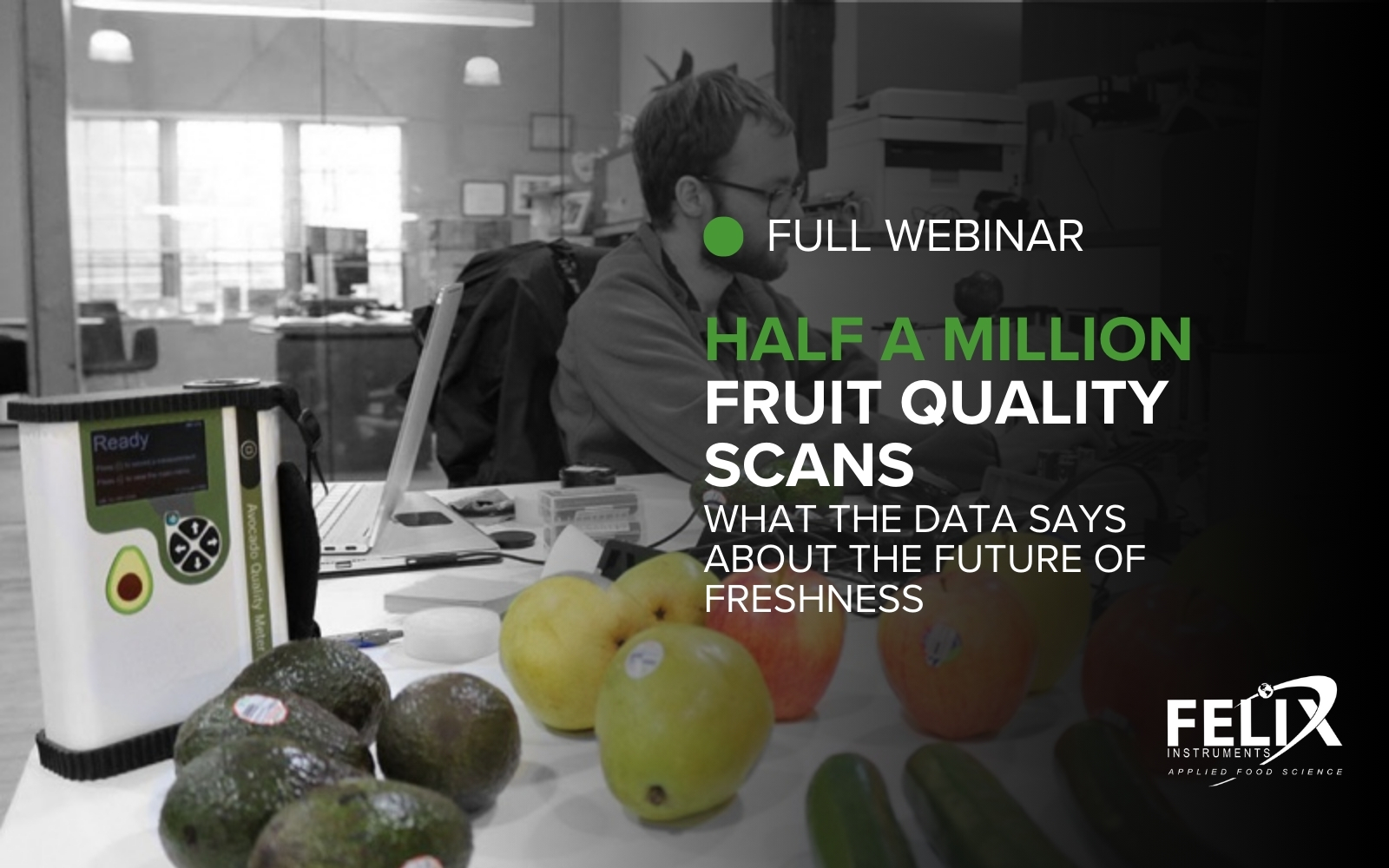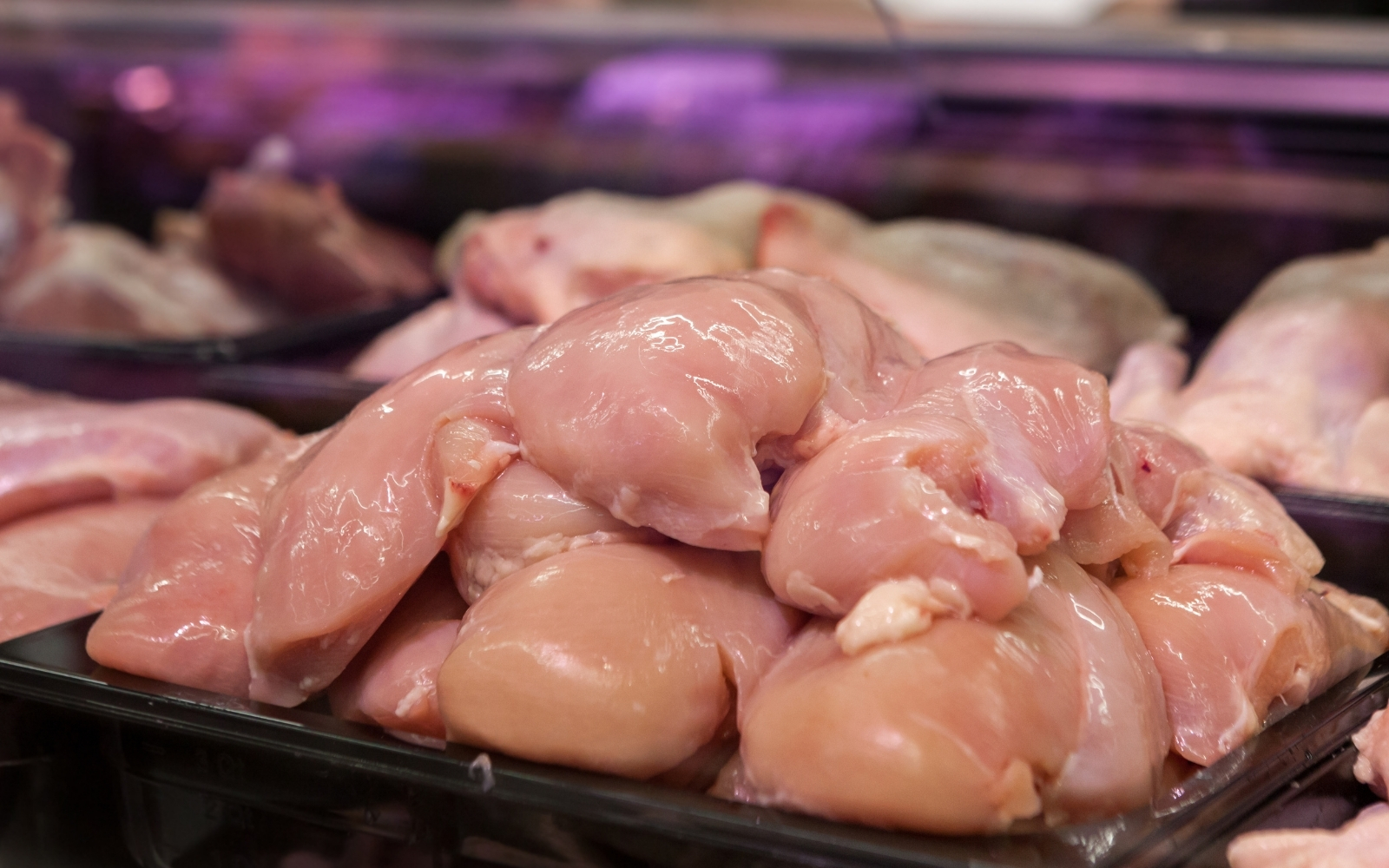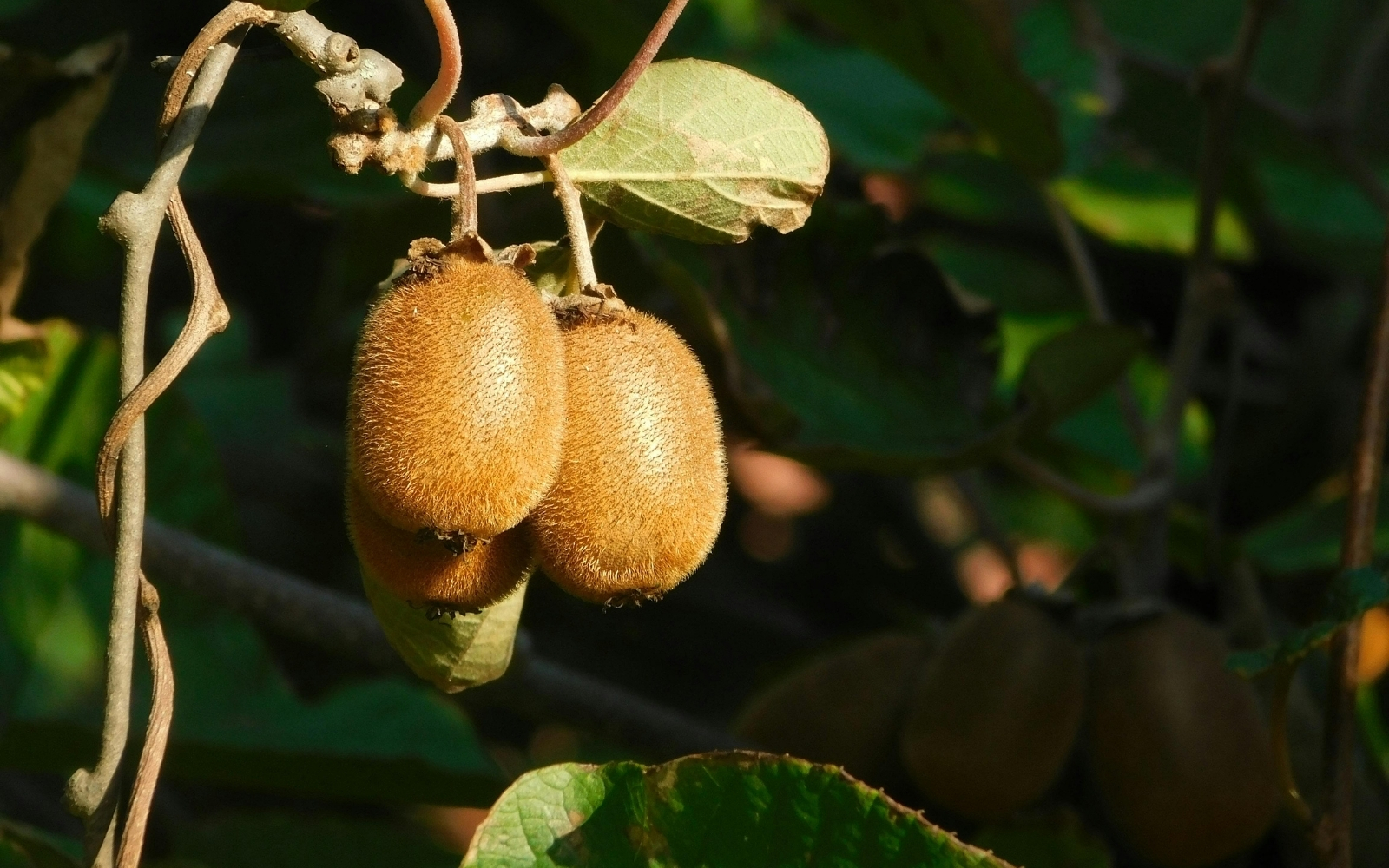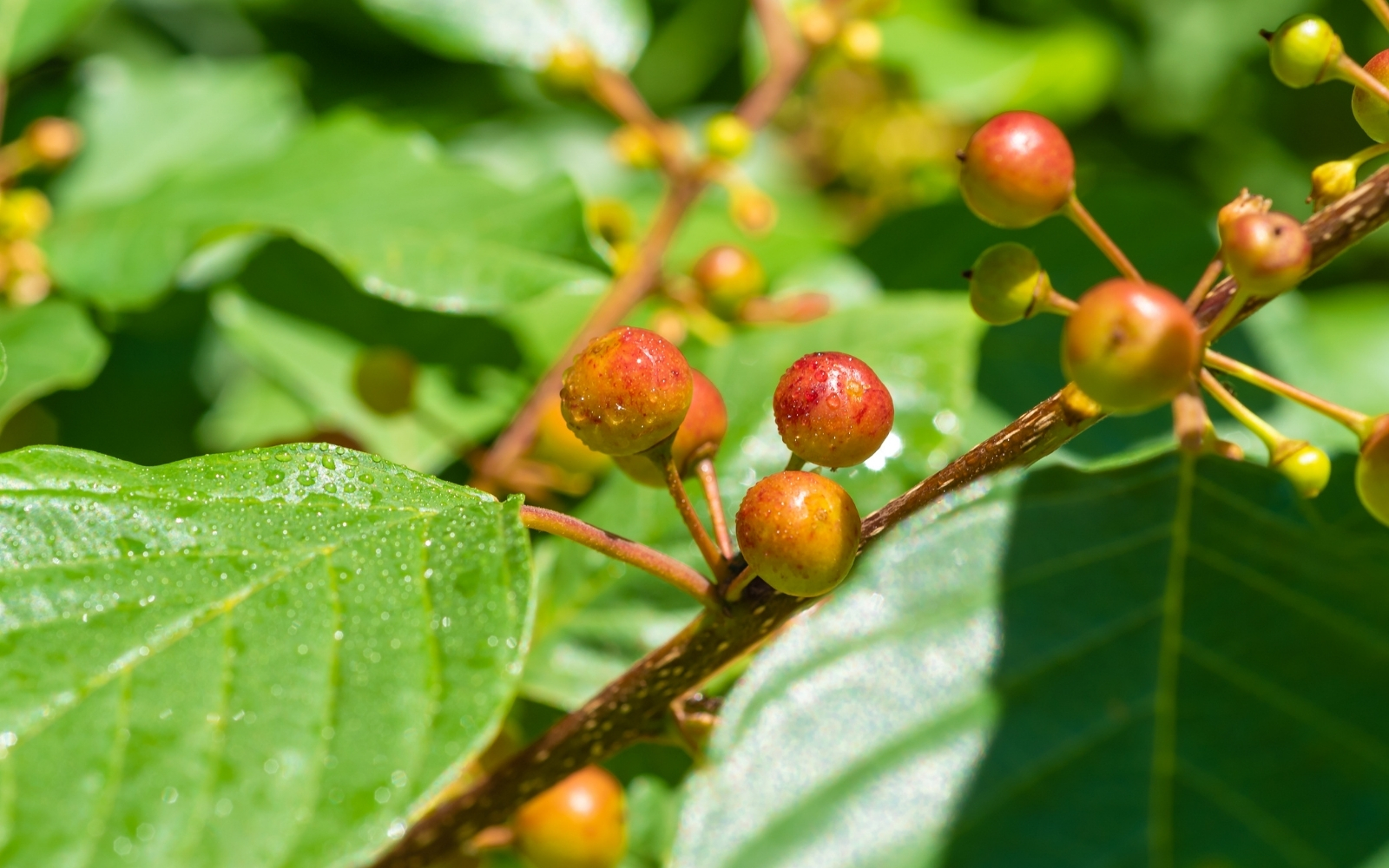Titratable acidity (TA) is measured as it is an indicator of quality, maturity, and taste in fresh produce. Measuring titratable acidity in the fresh produce supply chain can ensure quality, shelf-life, consistency, and consumer satisfaction. It is used to determine harvest time, quality control, sorting, grading, and regulatory compliance. Titratable acidity is a crucial intrinsic… Continue reading…
WEBINAR: Half a Million Fruit Quality Scans: What the Data Says About the Future of Freshness
Fruit quality can feel unpredictable, even when teams rely on long-standing testing methods. Over the past decade, Felix Instruments has scanned more than half a million individual fruits across crops such as avocado, mango, citrus, grape, apple, and more, building a large real-world dataset that reveals just how variable internal quality can be. In this… Continue reading…










